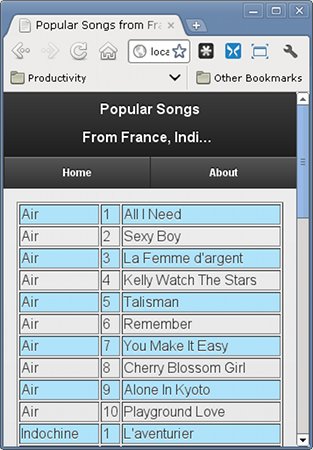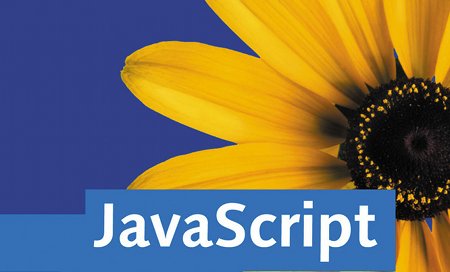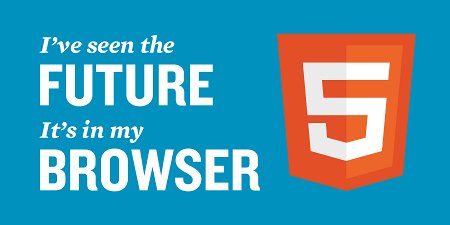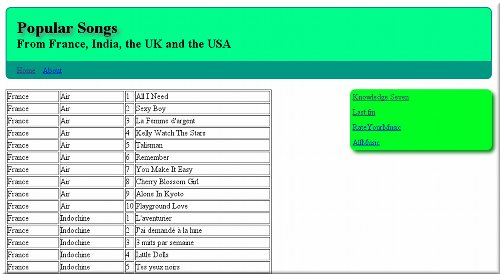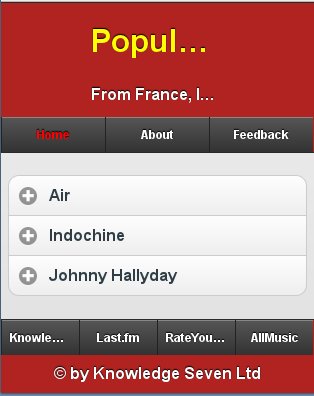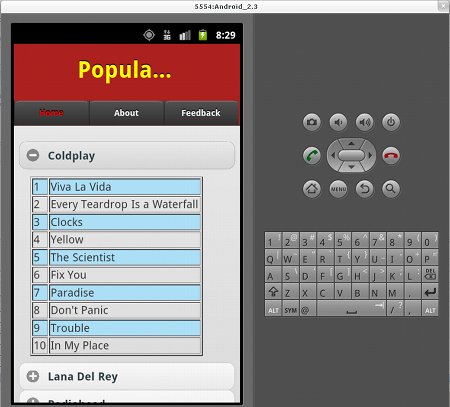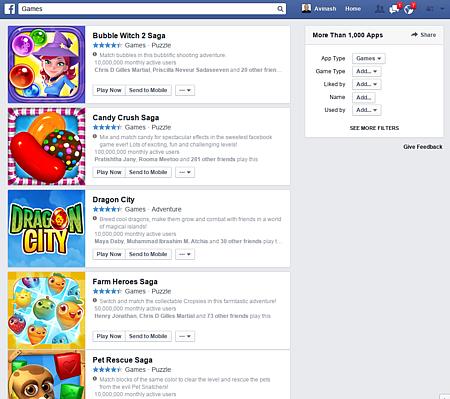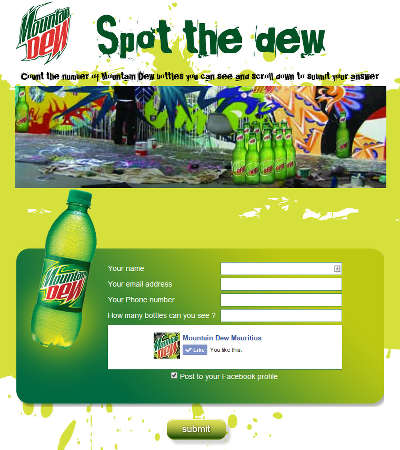jQuery Mobile is a new Javascript-based web framework for smartphones and tablets. It is based on HTML5 and builds upon jQuery and jQuery UI.
The work to do is to update the website designed in the previous topic to use jQuery Mobile concepts and components:
- Add jQuery Mobile CSS and Javascript to an existing web application
- Change the web page to conform to the page anatomy of jQuery Mobile
- Add a simple pop-up dialog
- Transform a single-page document into a multi-page document
- Add different transitions between pages
The objective is to build a web application which renders properly on the limited screens of mobile devices.
